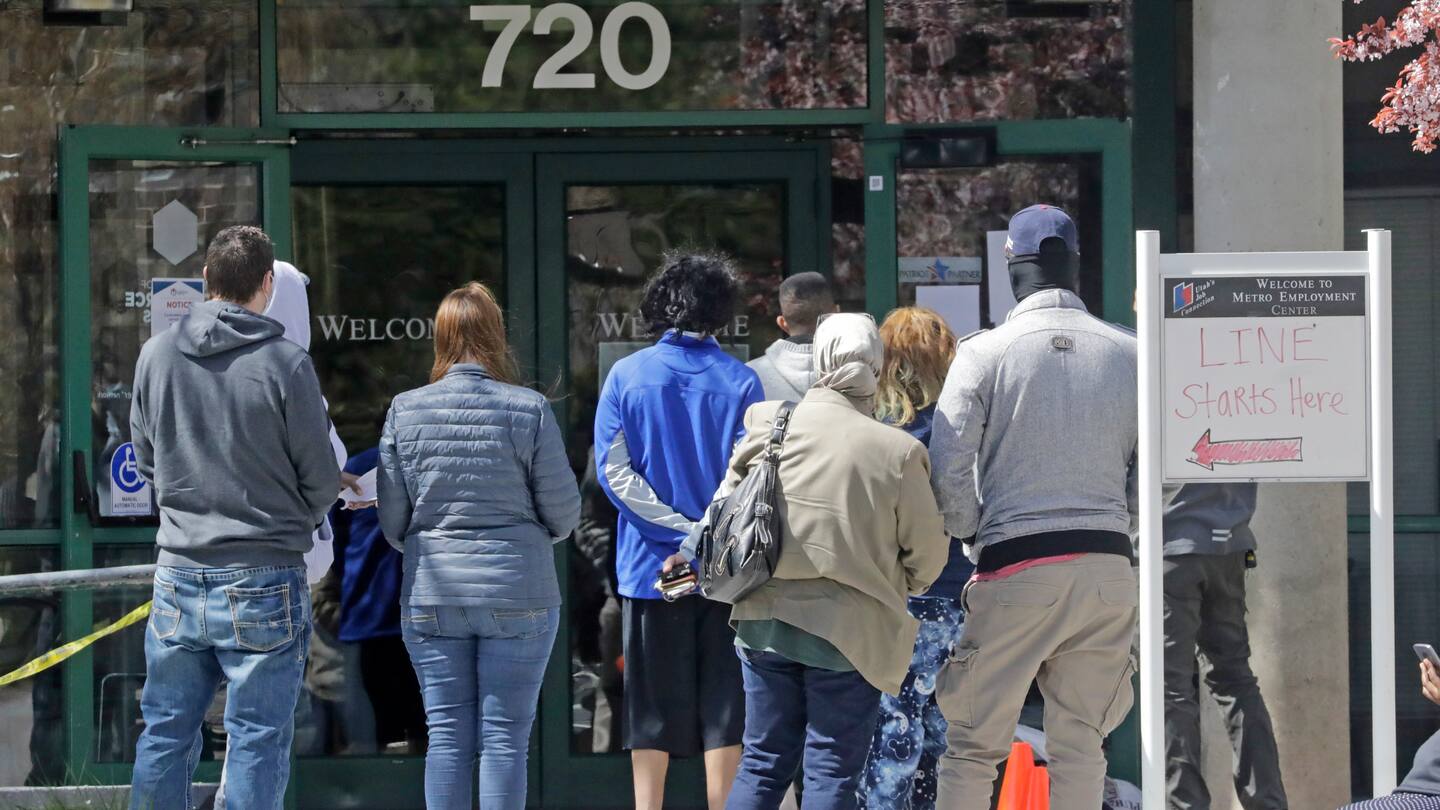The economy added 379,000 jobs in February as unemployment drops slightly

“The job gains should be seen as fairly modest,” said Julia Pollak, a labor economist at ZipRecruiter. “They do not yet signal a rapid rebound, but rather the slow reawakening of the labor market after the covid-19 winter.”
Other sectors gaining jobs included temporary help services, which added 53,000 jobs, health care and social assistance, which added 46,000 jobs and retail, which added 41,000 jobs. Clothing stores suffered, losing 20,000 jobs. Manufacturing ticked up by 21,000, while construction fell by 61,000, a decline that was likely driven in part by severe winter weather, the Bureau of Labor Statistics noted.
Economists agreed that the data for the month was positive overall, but was complicated by a few factors.
Daniel Zhao, senior economist at Glassdoor, noted that the jobs growth in industries like leisure and hospitality was likely due more to those sectors recovering from job loss in December and January and less than making gains back into the initial pool of jobs lost early last year.
“Today’s report is showing green shoots of the recovery poking out of the snow,” said Zhao. “But the growth is a little bit weaker than headline numbers imply. … It’s good that these businesses are recalling workers, but it points more to the fact that these businesses are crawling out of the hole from December, rather than the hole that opened up in April and May. It doesn’t necessarily look like incremental growth.”
Drew Matus, an economist and chief market strategist at MetLife Investment Management, said that he was concerned that the average hours worked for all workers declined by about 18 minutes a week — hundreds of thousands of jobs worth of hours went multiplied by the entire working population.
“The scale of the decline is quite big,” he said. “This report tells me things are looking up if vaccine administration continues, but we’re still not out of the woods yet.”
The report covers the first full month of the Biden presidency. Overall, the economy still has less than 9 million jobs than it did before the pandemic, and economists warn that the unemployment rate would be higher if not for more than 4 million people who have left the workforce over the last year. Women have left the labor force at a significantly higher rate than men: about 2.5 million women, compared to 1.5 million men.
Economists and public health experts are more optimistic about the coming months, as the rate of vaccinations improves.
February saw improving caseloads and reopenings for businesses like restaurants and bars in states like California and New York. But many industries, such as tourism and hospitality, now employ far less workers than they did before the pandemic.






